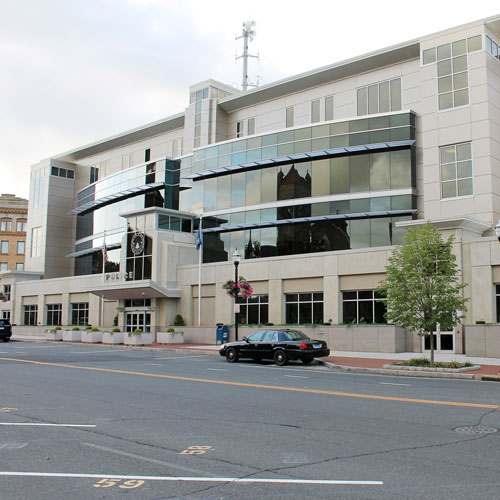
“The housing market was very slow.”
This is Cleveland Patterson’s one-sentence summary of 1991, the year he founded Vermont-based Patterson & Smith Construction, Inc. Just before then, Patterson had been a partner in a real estate development firm, but constant traveling on the job had begun to take a toll, so he took a risk and went out on his own.
As indicated by his words, the timing of his venture was unfortunate. The United States had formally entered a recession in July 1990, and the slump wound up lasting eight months, through March 1991. This forced Patterson to get his foothold in the industry by building spec homes, but in the end, it worked. “We got a little bit lucky,” he says. “People saw what we could do.”
Little by little, the firm began to grow, and in the 23 years since, its luck has continued, with Shapleigh Smith joining as a partner during the first year of business and his son, Chapman, taking over ownership in 2003. By following the changing demands of its customer base, the company has been able to capitalize on a local boom in the second-homes market and rely on its good relationships to stay afloat during more recent hard times.
As Patterson sees it, the market really began to pick up in the early 2000s, when the small town of Stowe, Vermont, went through a renaissance. AIG spent something close to $500 million building Stowe Mountain Resort, a noted ski resort with a vertical drop—one of the largest in New England—and this, in turn, attracted a different kind of home buyer: one looking for second-home options. “It’s a different product.” Patterson says. “[Clients] spend a lot more money than they used to spend. It’s definitely a luxury market now.”
By networking with these clients, the company was later able to find its way through the 2008 recession that briefly brought the area back to its knees. “In 2009 and 2010, margins became nonexistent, and at best you broke even,” Patterson says. “But, we did what we had to do to keep work. We were lucky to have an existing customer base that gave us little jobs here and there, and we cut our salaries way back. We lost a few people but not all; many of our original people are still with us today.”

In 2011, the market improved again, and Patterson & Smith’s established local reputation helped it win a large job from a “godsend,” Patterson says. The company worked with a well-to-do client to construct a 12,000-square-foot house with a pool and pool house. “It was a series of connected structures that created several wings: one for the owners when they were home alone, another for when there were guests or children,” Patterson says.
Then, in 2012, the company picked up another job that’s still in progress. Sited on an old property in Stowe, the project began with a guest barn, which Patterson and the client’s architect scouted in Ohio and had transported back to Vermont for reconstruction by a local timber-frame company. The exterior is rustic, but the interior is modern, with a concrete fireplace and stainless-steel countertops. With the barn complete, Patterson & Smith is now working on the property’s 12,000-square-foot house, which will be much more traditional, in what Patterson calls the “Vermont—or, mountain—vernacular.”
It’s this aesthetic that most of Patterson & Smith’s clients are seeking today: timber frames, beams, fireplaces, rough stone, tile, and a lot of wood. “The winter business and the summer business are different from a tourist standpoint, but from a second-home perspective, they don’t change,” Patterson says. “People want the same things, regardless of when they’ll be using the home.” The company’s homes also typically feature sizeable custom kitchens, but otherwise most clients employ interior designers to finish the homes to perfection.
In the past year, Patterson & Smith has seen a dramatic increase in both its residential and commercial work, completing 50–60 projects annually, its homes’ prices ranging from $1 million to $9 million. According to Patterson, the key has been customer service. “You have to pay constant attention to what the customer wants and reply to that in a very timely manner,” he says. “Clients are spending a lot of money, and they deserve to be comfortable expressing opinions and have someone follow through.”


